Last year, WayForward knocked the socks off of beat 'em up fans all over the world by announcing not just one, but two new games in the River City Girls series: River City Girls Zero and River City Girls 2. Fast-forwarding to 2022, River City Girls Zero has launched on Switch and will be coming to more consoles and PC shortly. RCG Zero is a fascinating update of a classic brawler, so we jumped at the chance to ask Adam Tierney, the RCG Zero Project Lead, about the game's localization, mechanics, Achievements, and more.
Co-Optimus: Thanks for sitting down with us for this totally in-person interview. First, could you tell us a little about your experience in game development and some of your favorite non-River City/Kunio-kun beat ‘em ups?
Adam Tierney: I’ve loved beat-em-ups and brawlers ever since I was young. Double Dragon II: The Revenge is one of my all-time favorite NES games, and I effectively used that game’s combat as the basis for our Batman: The Brave and the Bold Wii game, one of the games I directed here at WayForward. Justice League Heroes: The Flash was another fun brawler to work on, because we got to play with the hero’s super-speed in a variety of ways. And now, getting to expand the Kunio-kun brand through River City Girls has been an opportunity to take WayForward’s brawler bonafides to the next level.
![]()
Adam Tierney
Co-Optimus: The River City and Kunio-kun series has been enjoying a western revival in recent years, with several Japanese titles and WayForward’s own River City Girls being released in worldwide markets. How has this revival been possible – does it all come down to Arc System Works taking over the franchise?
Adam Tierney: I can’t speak with much expertise on the non-RCG Kunio-kun titles, other than we were aware of them and loved how many playable characters were featured in Arc's Kunio-kun games like River City Melee. But our involvement was as simple as me becoming aware of Shin Nekketsu Kouha: Kunio-tachi no Banka (SFC) a few years back, falling in love with the characters and that world (even more than I did as a kid with River City Ransom) and then pitching Arc our idea for a follow-up/reimagining during one of our Japan trips.
Co-Optimus: River City Girls Zero was originally released as Shin Nekketsu Kouha: Kunio-tachi no Banka on the Super Famicom in Japan way back in 1994. What circumstances led to WayForward localizing the game and porting it to modern consoles?
Adam Tierney: Kunio-tachi no Banka was the game that inspired River City Girls. Without that adventure, our games wouldn’t exist. Since it was never released in the USA, we had some Easter egg-y references to the game in the first River City Girls, during the secret boss battle. We didn’t initially have any plans to port the game at that time — typically the only games we port are ones we developed ourselves. But after the first RCG game was released, and we started planning on RCG2, it occurred to us that if we could somehow get that game released in the USA, it would be a nice lead-in to RCG2 for a number of reasons [that] I won’t spoil here.

Co-Optimus: What would you say RCG Zero’s strengths are, both as a beat ‘em up and a 16-bit game of its era?
Adam Tierney: The game is a pretty good brawler. It’s not as varied or deep in the combat as the RCG or RCG2 are, but that’s to be expected for a game that’s 25 years old. However, what really stands out about the game, to me, are its immense charm, characters, and world. It’s a very, very dialog-heavy game; you spend almost as much time reading as you do fighting. So that makes it stand out from the other, typically story-light Kunio-kun games.
The characters of Misako and Kyoko are also very charming, too. I’ve said before, the idea for RCG sprung to mind once I saw these cute, skinny high-school deviants curb-stomping gangsters. It’s so unlike previous versions of Misako, where she was much more sweet and kind. The animation is super cool, too. Of the 50 Kunio-kun games released so far, it’s an under-appreciated gem, for sure.
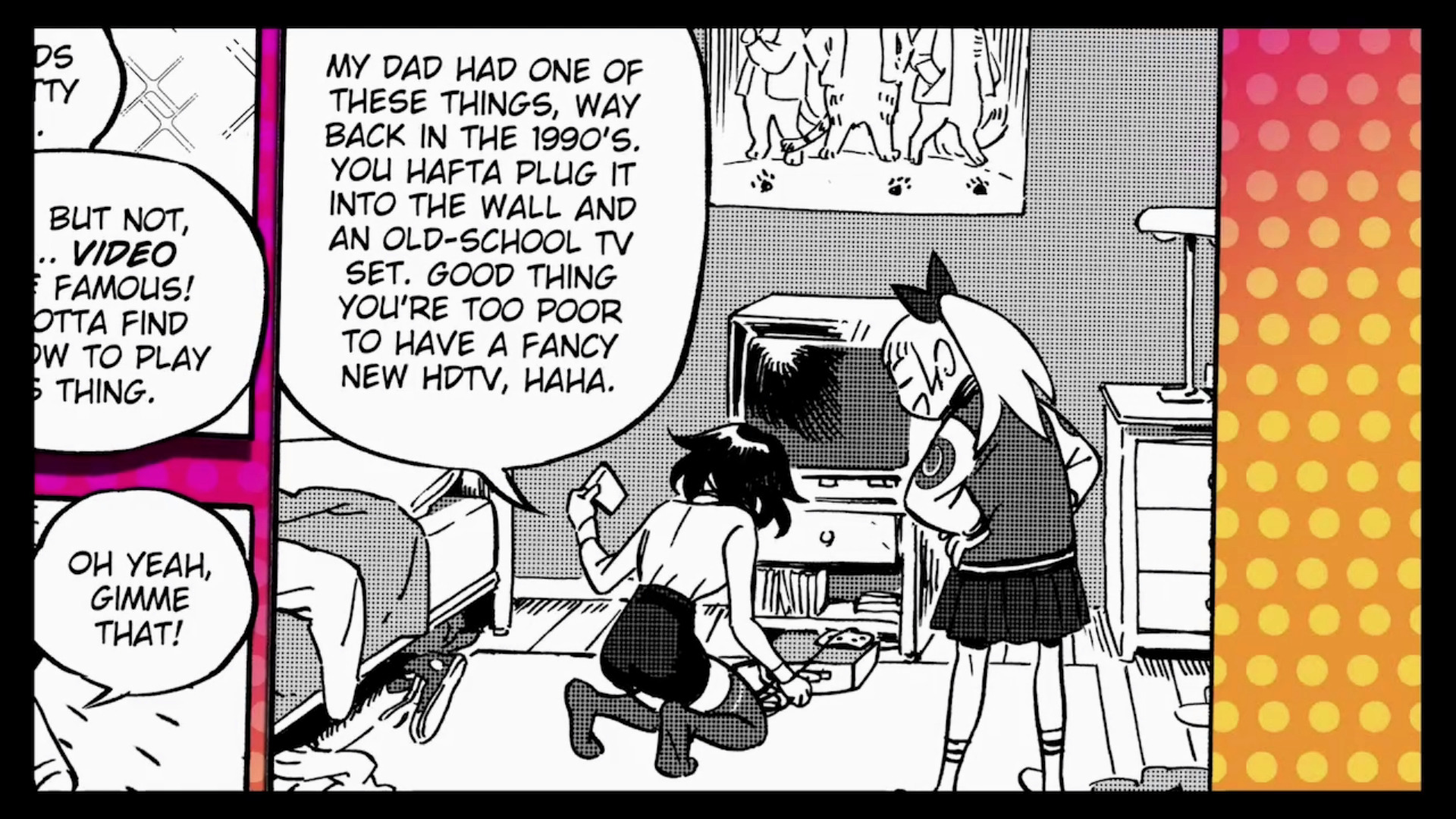
Co-Optimus: Although River City Girls Zero first launched on Nintendo Switch, it will soon be arriving on Xbox, PlayStation, and PC. Is there any particular reason you guys released the Switch version before the other platforms?
Adam Tierney: As I mentioned above, there are elements of RCG Zero that lead into RCG2. You don’t necessarily HAVE to play RCG Zero before RCG2 to enjoy it — in fact, you don’t even have to play RCG1 first. But people who play RCG Zero will know more of the characters and lore that are featured heavily in RCG2. Because of that, we wanted to release RCG Zero as soon as possible, so that gamers would play it and know it before RCG2 was released.
Switch was a good first platform to develop the title for, and we knew that platform would also have the largest audience, so we decided to lead with Switch and then follow up with the other platforms (and other regions) later. We’ve made some minor changes to the game since then, but those will all be patched back into the Switch version once we launch the remaining versions.
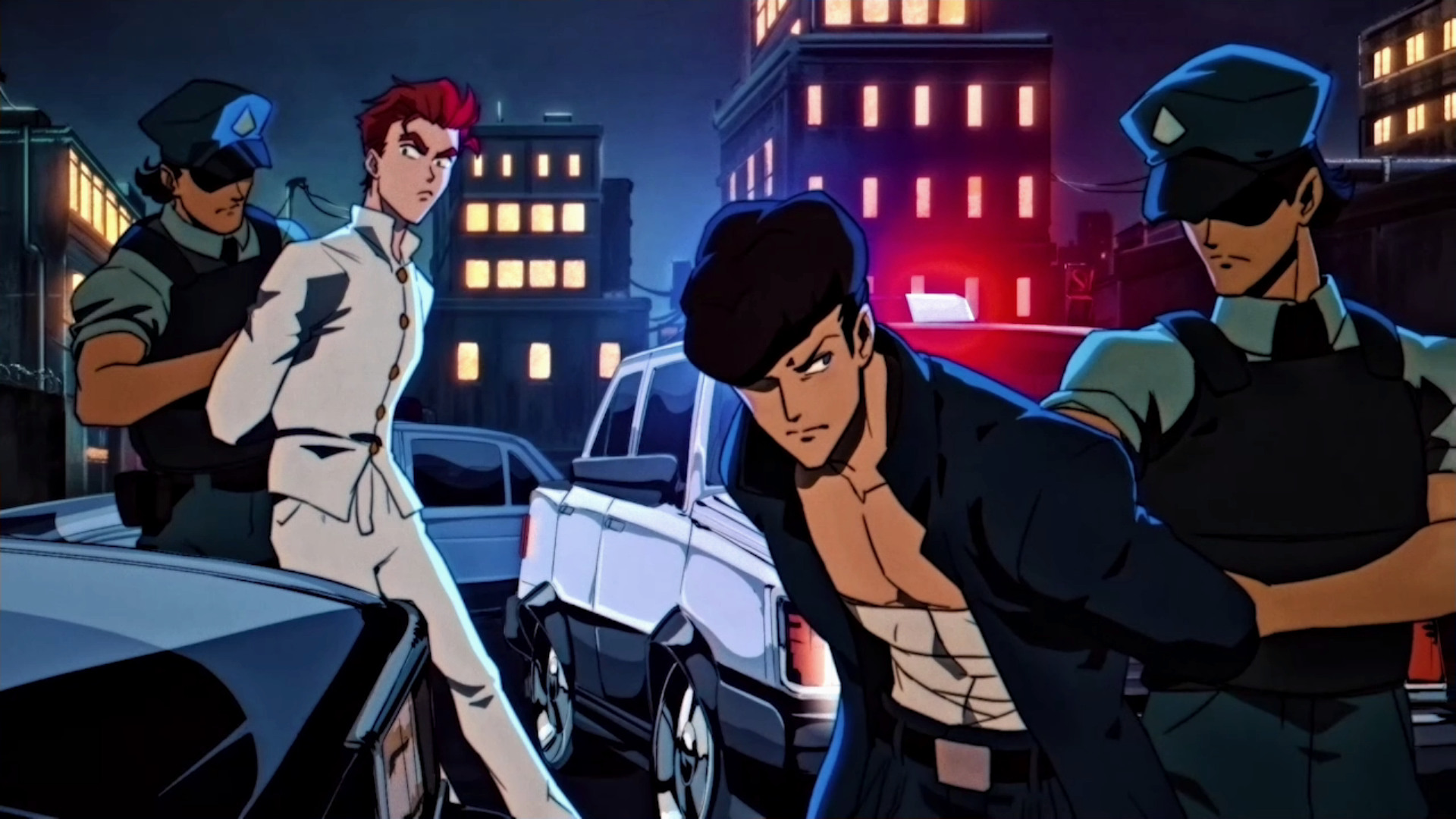
Co-Optimus: RCG Zero is fairly story-heavy as beat ‘em ups go. Can you tell us about the premise that drives the narrative?
Adam Tierney: Kunio and Riki, who are typically the main characters in Kunio-kun games (and dudes-in-distress in River City Girls) are framed for a motorcycle hit-and-run. They’re thrown into prison, where you start the game tussling with other convicts and some guards. Naturally, the boys are innocent, so they break out of prison to clear their name. Along the way, they bump into their girlfriends Misako and Kyoko, who join the adventure as two additional playable characters.
Co-Optimus: How much are Misako and Kyoko in River City Girls Zero, and do they differ much from their portrayal in the first River City Girls?
Adam Tierney: Riki and Kunio are available from the start of the game, and you add Misako, then Kyoko to their roster a bit further into the game. I think the whole gang is assembled shortly before the halfway mark. As for how they compare to their River City Girls portrayals, the game in general is a bit tougher and less silly than River City Girls. Since we wanted to offer a faithful translation of the original Japanese script, being this is the first time so many US and European gamers would be playing it, but we also didn’t want the characters to feel disconnected from River City Girls, we offer two English options in the game (to serve each of those goals). Selecting the RCG-flavored option doesn’t change the story, but makes the dialogue a bit sillier and lighter à la our first River City Girls game.
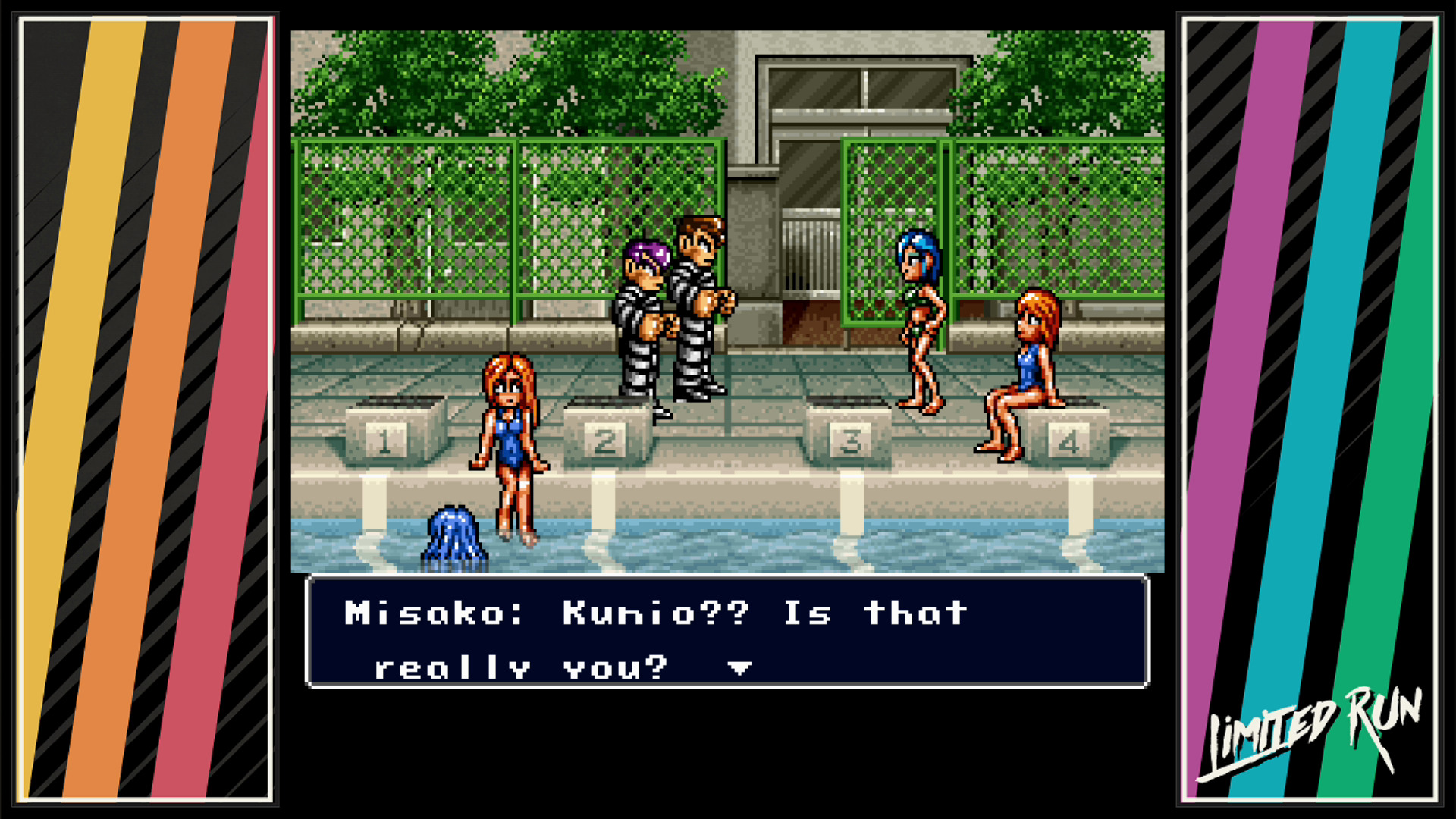
Co-Optimus: RCG Zero is a 16-bit game being ported and updated to modern consoles. What kinds of adjustments and enhancements did WayForward make for the new version of the game?
Adam Tierney: We made very few adjustments within the game, other than adding translations, because we wanted players to experience the title as it was originally crafted. This was always meant to be more of a showcase of a classic game, rather than making the game feel like it could’ve been developed today. So outside of text localization, updated copyright line, etc. it’s pretty much identical to the 1994 version.
What we DID do, though, is add a ton of new content AROUND the original game, which includes a new title anime intro, new theme song by Megan McDuffee, new end credits song by Megan and DEMONDICE, booklet and package art gallery, and bookend cinematics of Misako and Kyoko featuring art by Rem and VO by Kira Buckland and Kayli Mills. This was our approach to update the game without losing the preservation of it.
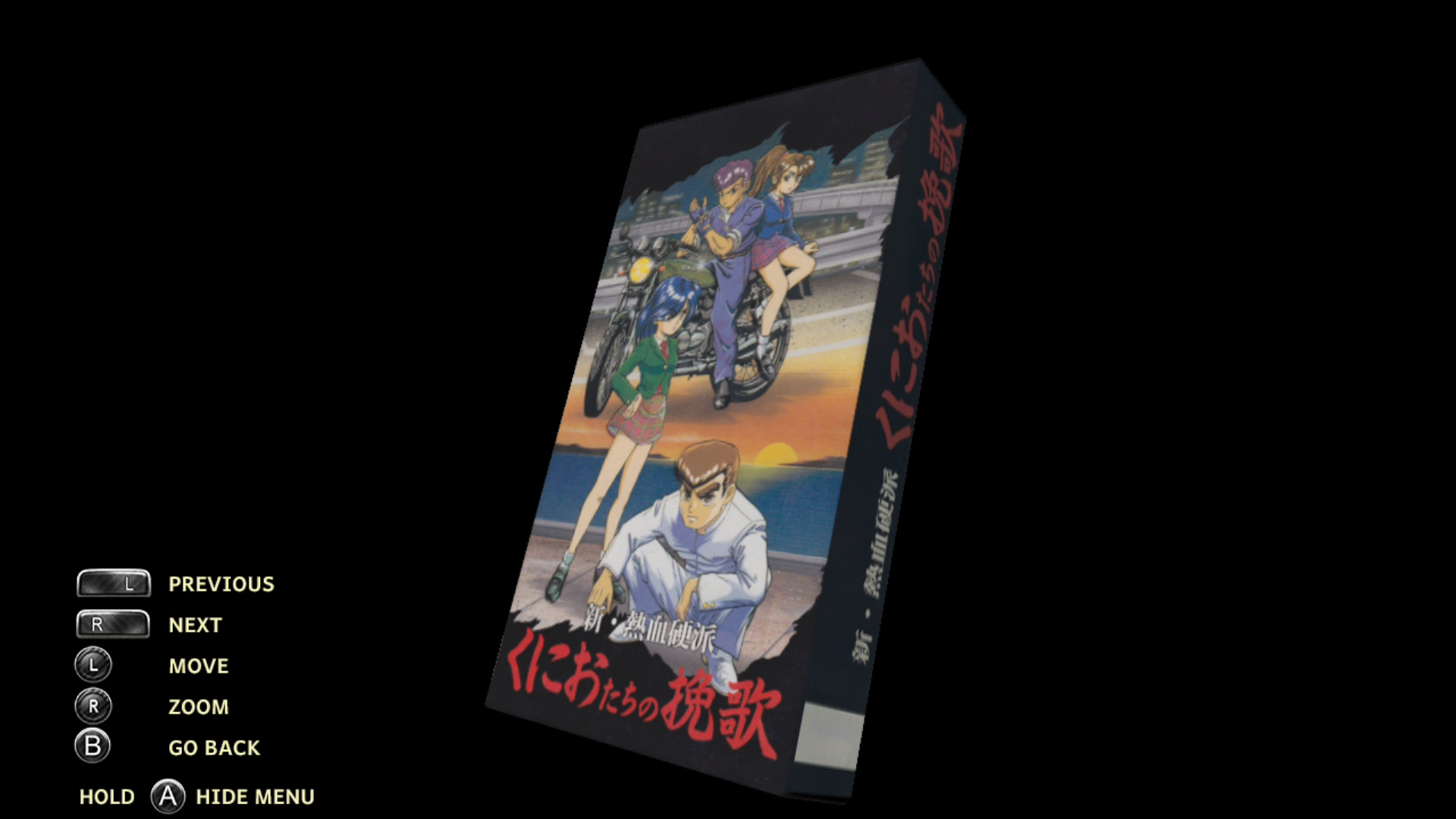
Co-Optimus: I noticed that the enemy AI in River City Girls Zero is really aggressive compared to today’s beat ‘em ups. Was there any temptation to rebalance the game and/or make the difficulty more approachable for modern audiences?
Adam Tierney: It is, it’s a tough game. I still find it challenging getting through the game on Normal difficulty (although Easy difficulty is substantially easier). But again, we didn’t want to change too much, especially since this was our first time doing this sort of “Port Plus” style of update to an existing game.
One useful addition, though, is that players can now create and re-load save states at any time. So my recommendation to anyone struggling to beat the game, especially on the tougher difficulty, is to take advantage of that — create a save state when you’re doing well, and don’t be afraid to load it back up when a boss starts beating on you. It only takes one or two seconds to reload a saved state and continue from that moment in time.
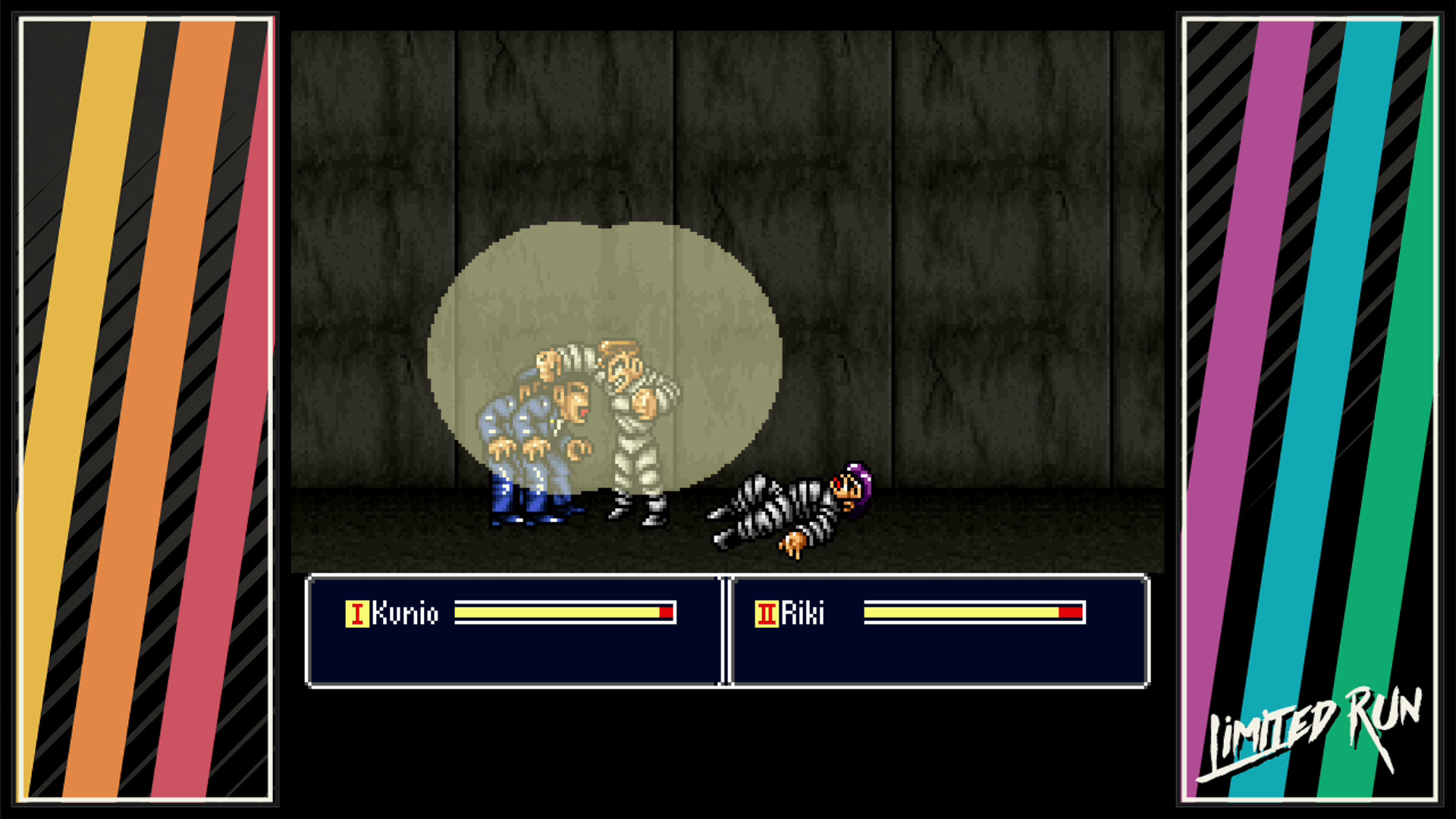
Co-Optimus: RCG Zero can be played solo or in 2-player local co-op. How does the experience differ when playing alone or with a friend?
Adam Tierney: The game has a very unique lives system, which is that each of the four playable characters acts as a life, and you can continue playing so long as you change to another character BEFORE they die. However, let a character die, and you’re out of the game. In a single-player game, once you unlock Misako and Kyoko, this effectively gives you four lives. In a 2-player game, you still have those same four lives, but they’re shared between two players. So it all comes down to player preference, really — if you’re great at brawling, you might find the game more beatable playing by yourself. But if you and a friend both have the skills, it might be worth having fewer “lives” in order to have a friend beating up bad guys alongside you. I’ve played through the game several times in both single- and multiplayer, and they’re both fun in their own rights.
Co-Optimus: Lastly, can you tell us about a few of the more interesting and/or challenging Achievements and Trophies that River City Girls Zero players will get to unlock on Xbox, PlayStation, and Steam?
Adam Tierney: Unfortunately, when you’re dealing with a 25-year-old Super Famicom game, and you don’t have direct access to the source code, there’s only so much you can change about the game and also tap into it... So most of our Achievements are related to defeating specific bosses, reaching certain levels, and so on. We did try to get them as varied and interesting as we could within our tech limitations, but [gamers should] expect a more straightforward collection [of Achievements] than in games we developed from scratch ourselves, like River City Girls.
. . .
River City Girls Zero sells for $14.99 on Switch. The Xbox, PlayStation, and Steam versions will arrive later this year. The 5-song mini soundtrack costs $4.95 on Amazon and other digital music services.
We'll be reviewing River City Girls Zero when the Xbox version comes along. Keep a lookout for our River City Girls 2 interview in the next few days!
